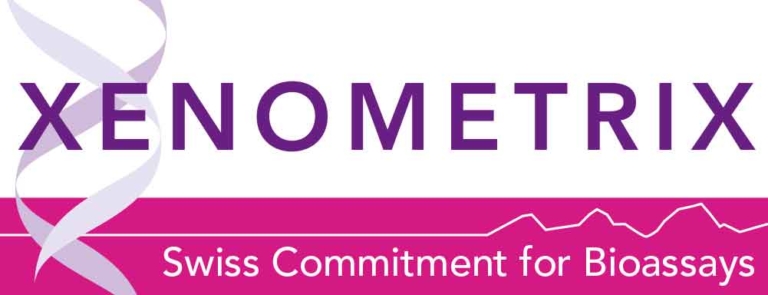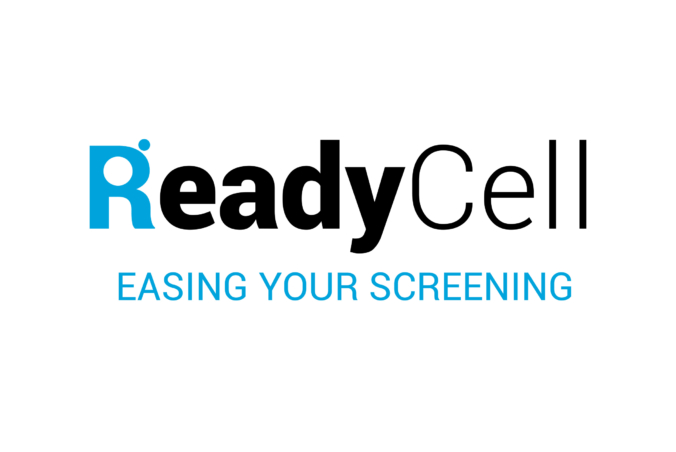Monday, May 16, 2022
11:00 AM -12:00 PM EDT / 17:00-18:00 CEST
A novel prediction model to evaluate genotoxicity based on biomarker genes in human HepaRGTM cells
Presented by Anouck Thienpont, PhD student, Laboratory of In Vitro Toxicology and Dermato-Cosmetology, VUB, Belgium
Transcriptomics-based biomarker discovery is a promising new approach methodology (NAM) to identify molecular events underlying the genotoxic mode of action of chemicals. Previously, we developed the GENOMARK biomarker, consisting of 84 genes selected based on whole genomics DNA microarray profiles of 24 (non-)genotoxic reference chemicals covering different modes of action in metabolically competent human HepaRG™ cells. In the present study, new prediction models for genotoxicity were developed based on an extended reference dataset of 38 chemicals including existing as well as newly generated gene expression data. Both unsupervised and supervised machine learning algorithms were applied to the extended dataset, but as unsupervised machine learning was not able to clearly distinguish both groups, the performance of two supervised machine learning algorithms, i.e. support vector machine (SVM) and random forest (RF), was evaluated. More specifically, the predictive accuracy was compared, the sensitivity to outliers for one or more biomarker genes was assessed and the prediction performance for 10 misleading positive chemicals exposed at their IC10 concentration was determined. Furthermore, the applicability of both prediction models on a public gene expression dataset, generated with RNA-sequencing, was investigated. Overall, the RF and SVM models showed to be complementary in their classification of chemicals for genotoxicity. To facilitate data analysis, an online application was developed, combining the outcomes of both prediction models. Furthermore, this research demonstrates that the combination of gene expression data with supervised machine learning algorithms can contribute to the ongoing paradigm shift towards a more human-relevant in vitro genotoxicity testing strategy.
A novel fluidic microphysiological system for 3D cancer tissue culture towards a better understanding of human cancer progression
Presented by Silvia Scaglione, React4life, Italy, ESTIV corporate member
The medical research focused to better understand human cancer disease and the preclinical assessment of novel drug therapies are currently carried out through traditional too simplistic 2D cell culture, and in vivo animal models, whose cost, time, and poor predictivity remain important challenges.
A novel Multi-In Vitro Organ (MIVO) organ on a chip platform has been recently developed to culture human tumor models under physiological culture conditions. Biologically relevant cancer samples were cultured within the MIVO chamber under blood capillary fluid flows that (i) feed the 3D tumor tissue, (ii) resemble cancer cells migration and intravasation through a permeable barrier resembling the vascular barrier, and (iii) supporting their migration towards metastatic target tissues. The same experimental approach was adopted to test the efficacy of an anticancer drug that was placed in the fluidic circuit, mimicking the systemic drug route. The regression of the ovarian tumor was observed and measured within the MIVO device: results were in line with the in vivo data, with a significant time reduction (75%). Similarly, a human 3D neuroblastoma model with proper immunophenotype was optimized to develop a complex tumor/immune cell coculture within the MIVO as paradigm of an immune-oncology screening platform. Immune cells have been introduced within the capillary fluid flow circulation of the MIVO and their migration and infiltration towards the 3D tumor model was analyzed. Flow cytometry analysis highlighted a tumor mediated immune cells extravasation and infiltration, with an initial reduced tumor cell viability.
In conclusion, we generated a functional and relevant human cancer model, through the adoption of MIVO device, that can be efficiently employed as an drugs screening platform, both for pharmacological treatments and for cell-based therapies, and for basic research purposes.
 The ESTIV Members Area
The ESTIV Members Area



















